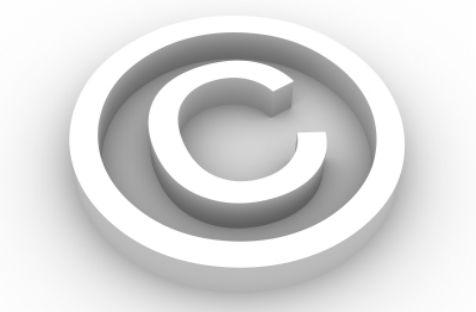Much of the focus on Creative Australia has been on new funding, the restructure of the Australia Council for the Arts and the industry specific initiatives contained in the policy. The acknowledgment of copyright as ‘the primary legal framework supporting the creative economy’ may be less headline-worthy but is a significant feature of Creative Australia.
Many people are surprised to learn that copyright industries made up 6.6% of gross domestic product in 2010-11. That is smaller than manufacturing but bigger than the building or automotive industries.
Copyright is important to creators working across all art forms. Not only does it help them to make a living from their work, it also provides a legal basis for artistic control.
Much of Creative Australia is focused on digital and emerging platforms for content creation and delivery. As it acknowledges, when ‘Creative Nation was released in 1994 it identified the production of high-quality Australian content for us on CD-ROM-enabled desktop computers as of the greatest technological challenges’. This shows how far we have come in the intervening years.
Digital technologies present new opportunities for creating art and interacting with audiences but have placed traditional business models under strain. The creative sector is innovating to adapt to these changes.
One of the key initiatives mentioned in Creative Australia is the Australian Law Reform Commission’ (ALRC) Inquiry into Copyright and the Digital Economy. It is looking at whether the exceptions in the Copyright Act are adequate and appropriate in the digital economy. For example, should copyright law take account of how content is used on social media platforms?
At a high level, the Inquiry is about two different paradigms: copyright licensing and free-use exceptions. This in turn raises fundamental public policy issues about a copyright owner’s ability to control and earn a living from their work and how this should be reconciled with the public interest in access to content.
The ALRC will be a releasing a Discussion Paper mid-year which will give stakeholders an opportunity to make their views known before the final report is published on 30 November 2013. You can do this through your peak body or the Australian Copyright Council or make a submission directly to the ALRC. For more information see: http://www.alrc.gov.au/inquiries/copyright-and-digital-economy
Other initiatives announced in Creative Australia include the extension of the legal deposit arrangements for the National Library of Australia to digital material and the development of a new legal deposit scheme for the National Film and Sound Archive for audio-visual material. The Australian Copyright Council strongly endorses the importance of preserving Australia’s digital and audio-visual culture.
Creative Australia is not all about digital platforms and new exceptions to copyright. It also contains some important polices to support traditional art forms. For example, the Government is considering signing an international treaty to give performers in the audio-visual industry stronger rights in their performances.
It also includes a continued commitment to the resale royalty scheme which gives visual artists the right to money from sales of their work in the secondary art market. Since its introduction in 2010, this scheme has seen significant amounts of money distributed to Indigenous artists.
Orthodox copyright law offers limited protection for Indigenous culture. This is an issue that has been in the ‘too hard basket’ for years. Significantly, Creative Australia includes a commitment to develop a policy framework to protect and respect Traditional Cultural Expressions.
Funding and programs are key components of a national cultural policy. And so is the copyright system. The Australian Copyright Council believes in the values copyright laws protect: creative expression and a thriving, diverse, sustainable, creative Australian culture. A society’s culture flourishes when its creators are secure in their right to benefit from their creative work and when access to those creative works is easy, legal and affordable. We hope that Creative Australia is a positive step towards achieving that.
The Australian Copyright Council provides easily accessible and affordable, user-friendly information, legal advice, guides and seminars about Australian copyright law. We can also provide customised in-house training to meet your specific business needs. If you are interested in learning more, visit our website: http://www.copyright.org.au/





